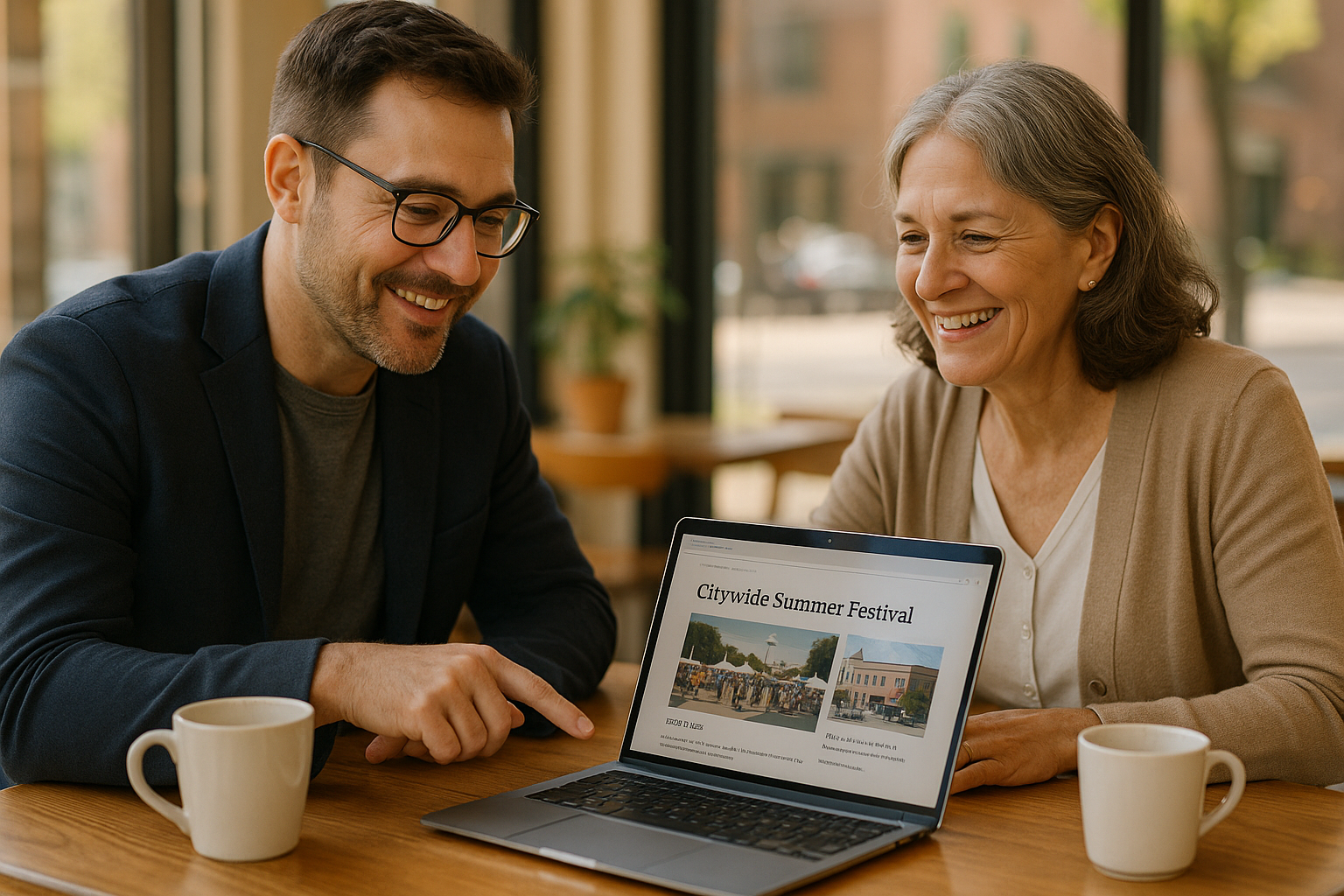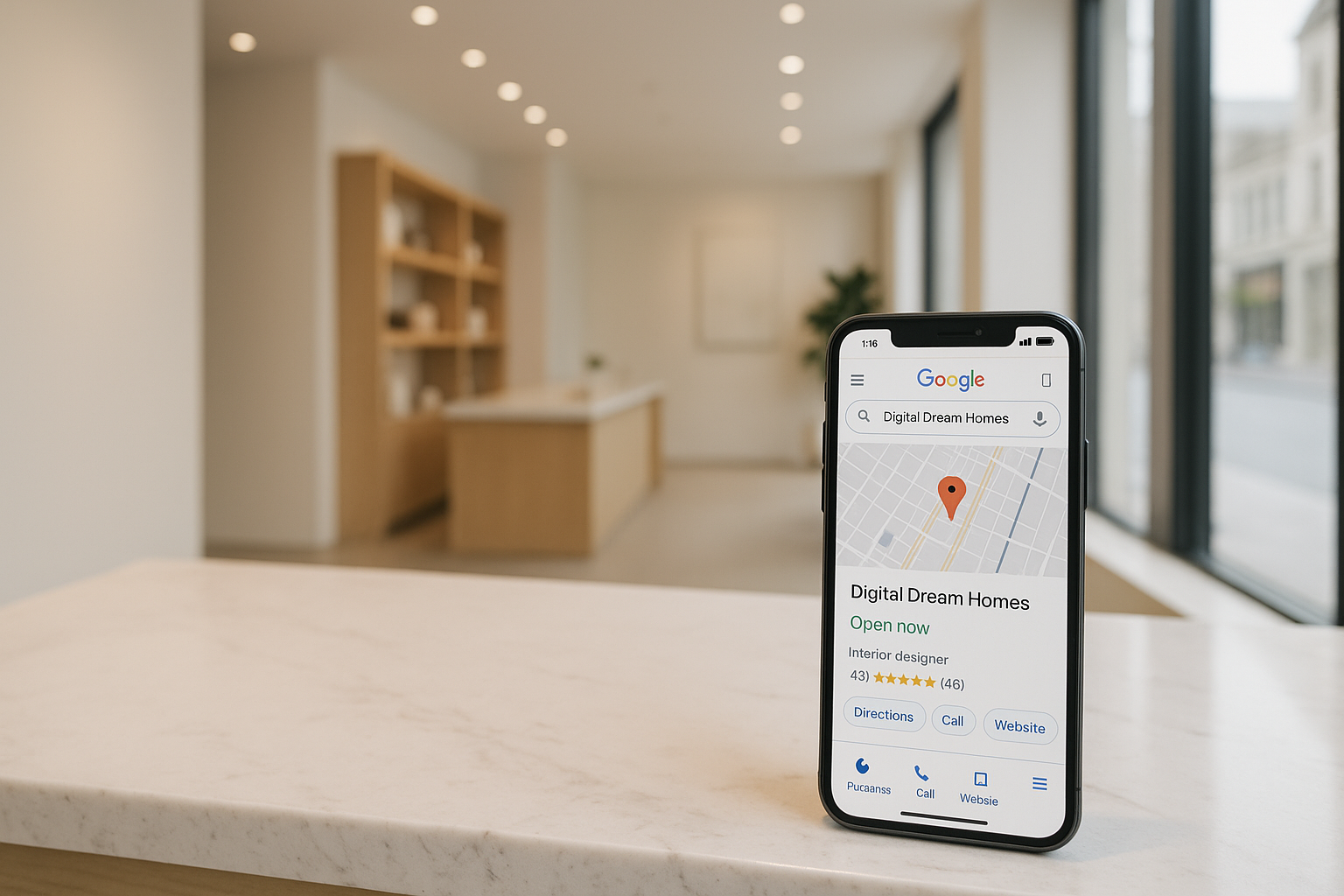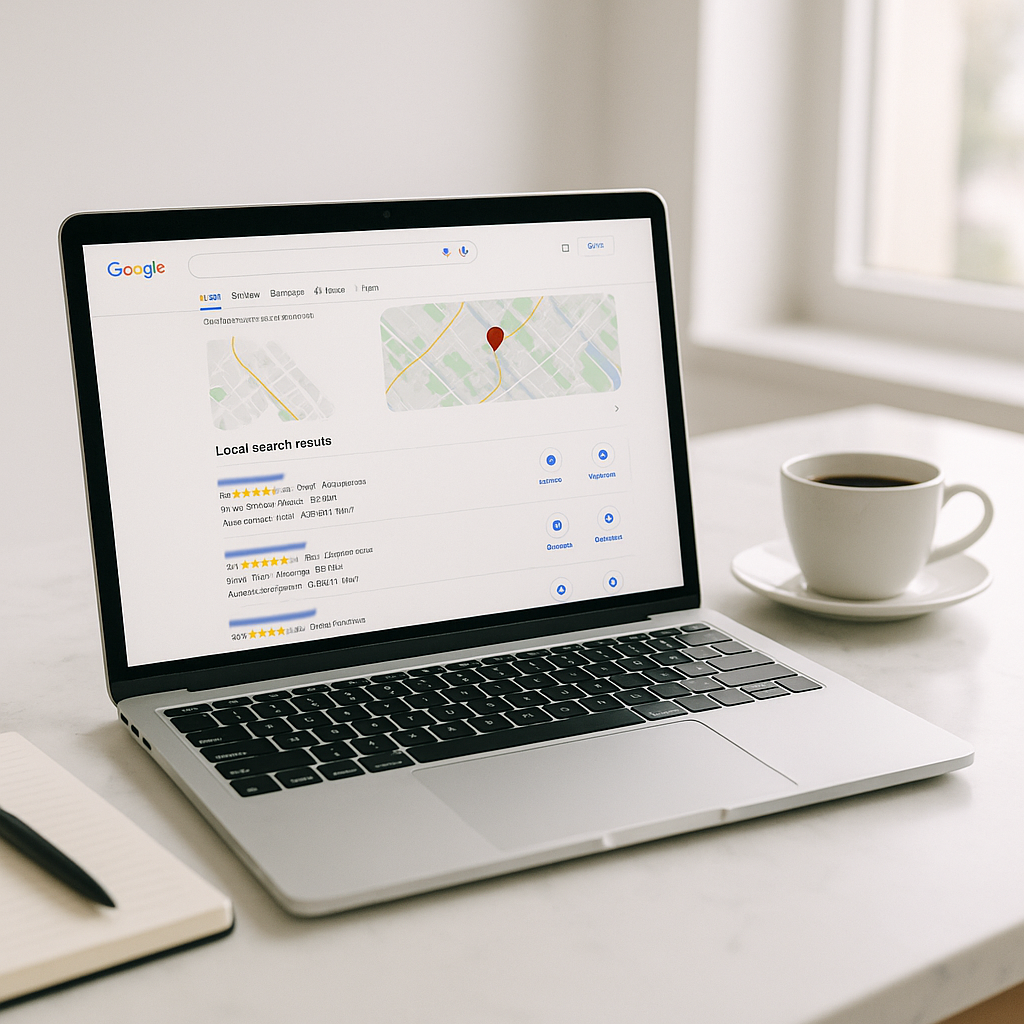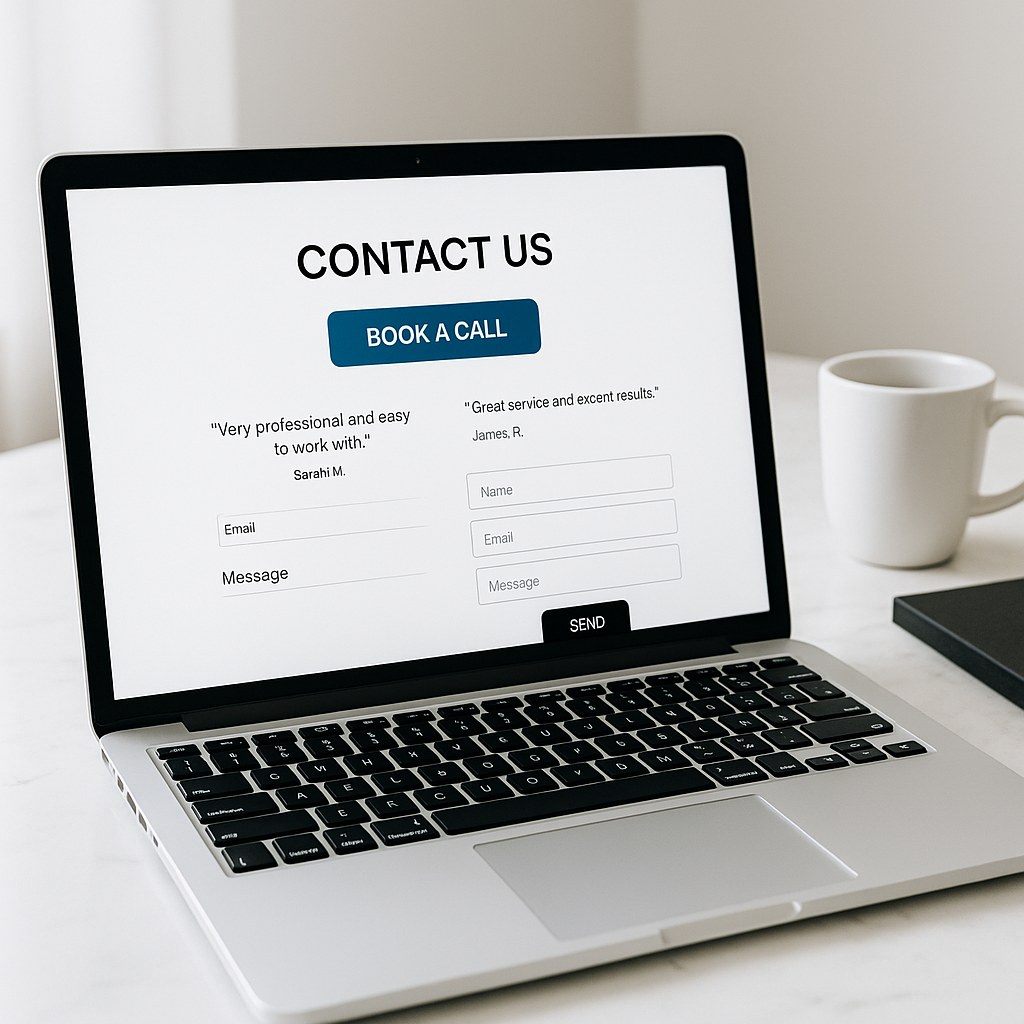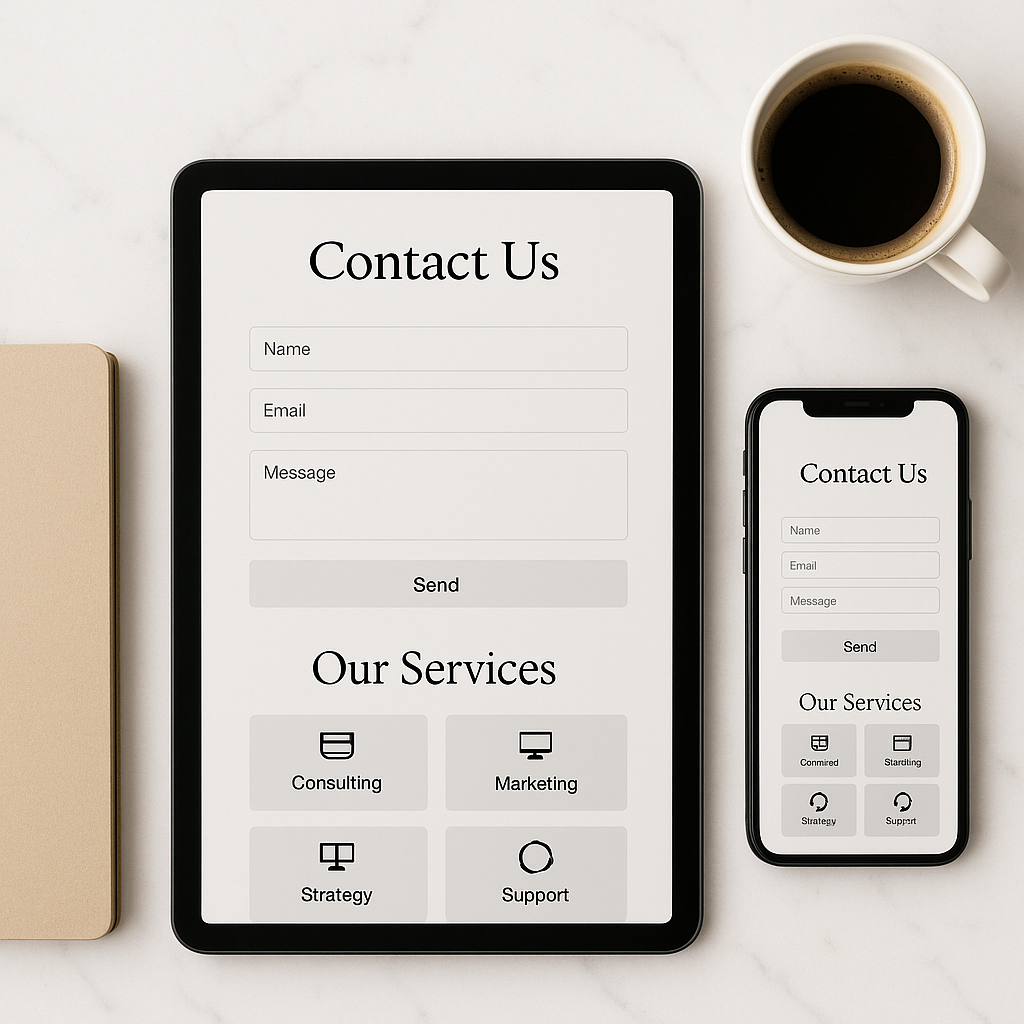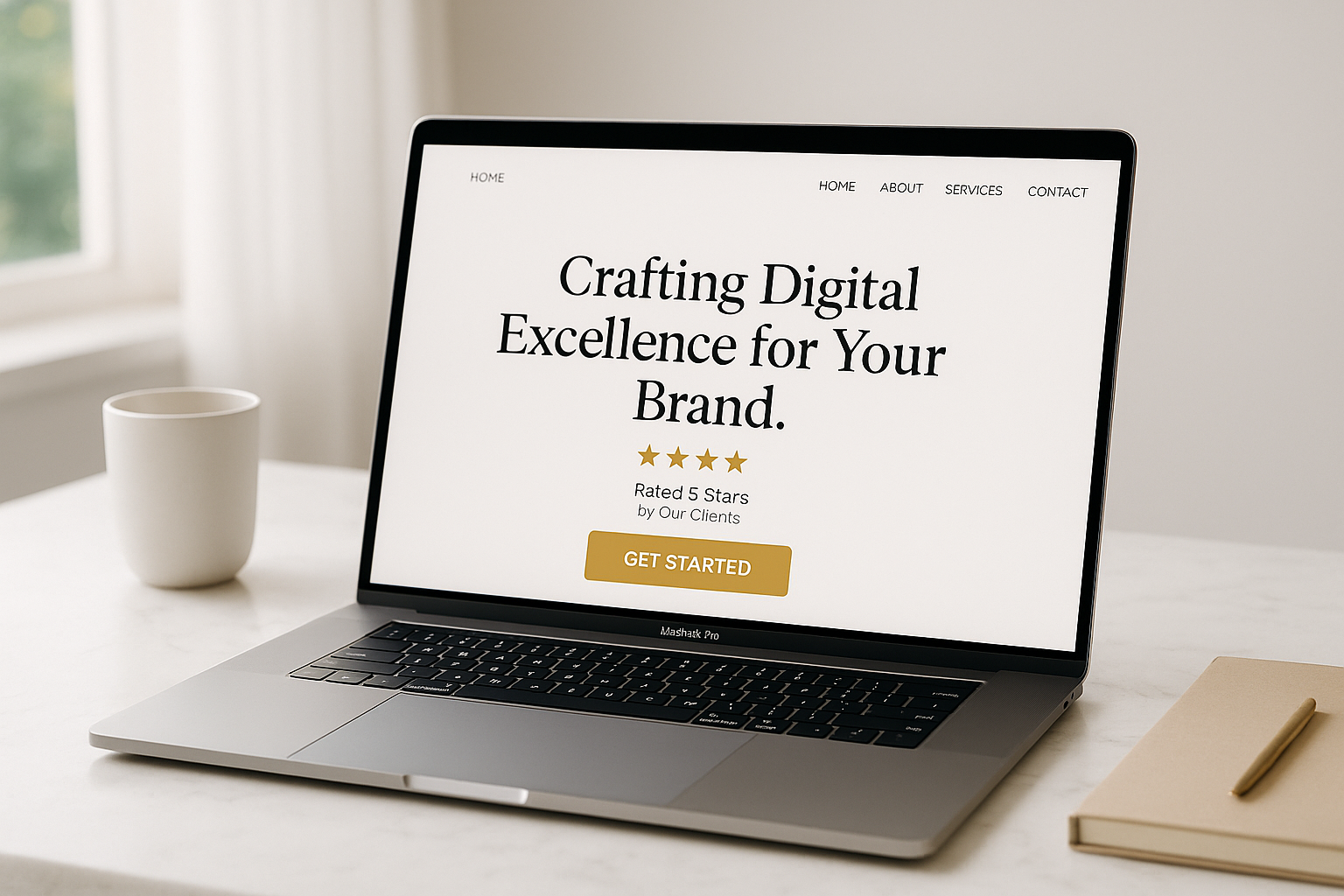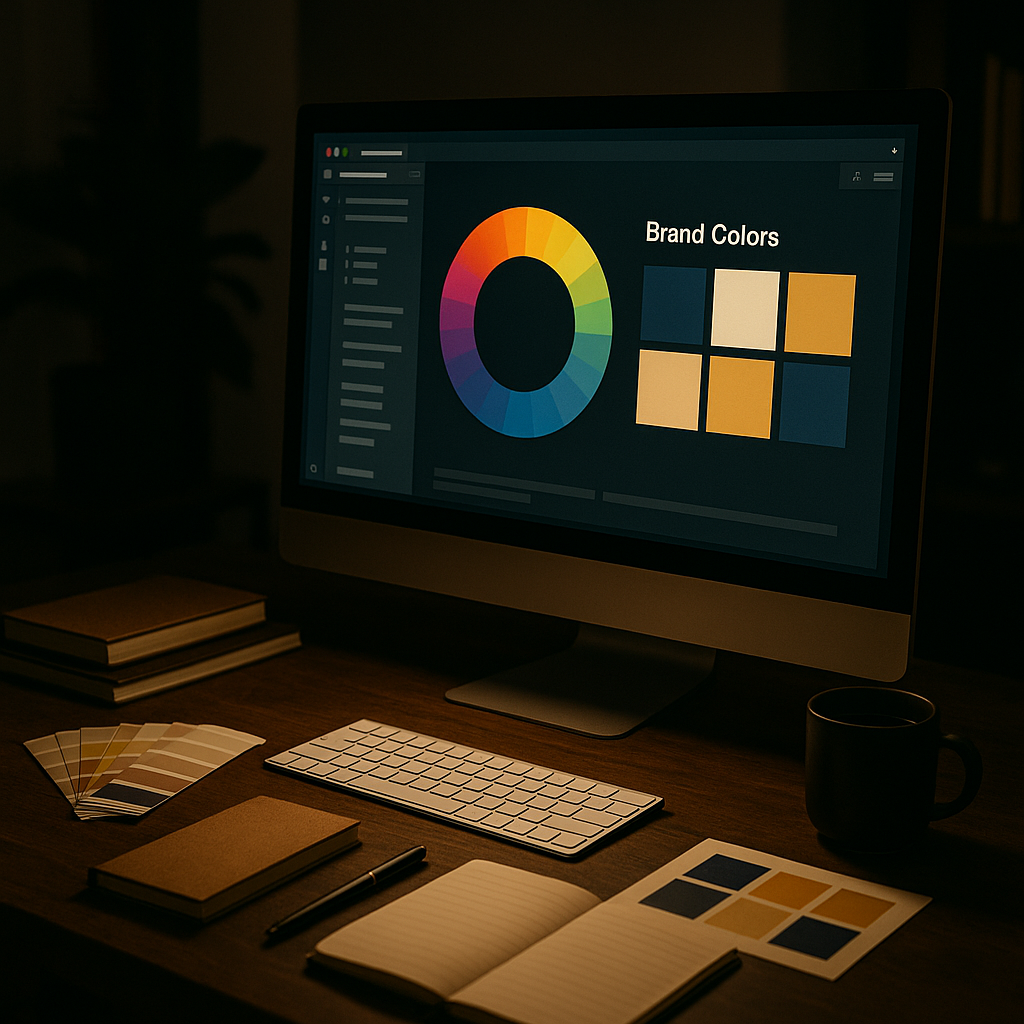Virtual Tours and SEO: A Realtor’s Guide to Standing Out Online

Real estate marketing has come a long way from simple flyers and yard signs. Today’s buyers want to experience a property before they ever step inside. Virtual tours—interactive, 360-degree experiences that let viewers navigate rooms at their own pace—are no longer a novelty. They’re quickly becoming the industry standard. In fact, 90% of buyers are more likely to view a property when it includes a virtual tour, and 87% of listings with virtual tours get more views. That’s huge—especially when you consider how much competition exists online.
Beyond captivating prospective buyers, virtual tours can significantly boost your website’s search engine optimization (SEO). Search engines reward sites that engage visitors, and few tools are more immersive than a well-crafted virtual tour. In this article, we’ll explore why virtual tours matter, how they influence SEO, and how you can implement them effectively to attract more clients. We’ll also reference valuable resources from the Digital Dream Homes blog to support your strategy.
Why Virtual Tours Matter
They Meet Buyer Expectations
Modern buyers expect rich, interactive experiences. By 2025, virtual tours and 360-degree imagery will likely become industry standard. Consumers aren’t content with static images anymore—67% of home buyers say they want a virtual tour when looking at a listing. With more than half of adults having already taken a virtual tour, agents who skip this technology risk being overlooked.
Virtual Tours Drive Engagement
People spend five to ten times longer on websites with virtual tours. That extended dwell time sends positive signals to search engines that your site offers valuable content. It also gives viewers more opportunities to connect emotionally with a property.
Virtual tours don’t just hold attention—they motivate action. Over half of buyers won’t even consider seeing a home in person if it doesn’t include a virtual tour. Homes marketed with them tend to sell for more and close faster. Those are numbers you can’t ignore.
They Offer Transparency and Convenience
Virtual tours give buyers a real sense of space, especially those who can’t attend an in-person showing. Viewers can explore any room from any angle, walk through at their own pace, and understand the home’s flow. Sellers love them, too—fewer showings, less disruption.
They Appeal Across Generations
Millennial and Gen X buyers have different preferences, but virtual tours check both boxes. Millennials tend to prefer interactive 3D tours, while Gen X often leans toward guided video walkthroughs. First-time buyers across age groups are more likely to request a showing after viewing either format.
How Virtual Tours Boost SEO
You might not immediately connect virtual tours to SEO, but search engines are obsessed with user experience. Here’s how virtual tours help:
Increased Dwell Time
Google notices how long users stay on your site. Longer sessions signal quality content. Real estate pages with rich media like virtual tours tend to keep users engaged longer, lowering bounce rates and boosting credibility.
Lower Bounce Rates
Interactive media gives users a reason to stick around. Instead of bouncing, they explore. The more they click through rooms or scroll through features, the more time they spend on your site—exactly what Google wants to see.
Rich Media Signals
Google loves variety. A page that combines images, text, 3D scenes, and embedded video is considered comprehensive and useful. Virtual tours fit this model perfectly and help reinforce your expertise.
Enhanced Mobile Experience
Virtual tours today are mobile-friendly and responsive. Since Google prioritizes mobile-first indexing, this makes a big difference in how your content ranks.
More Social Shares and Backlinks
Virtual tours are highly shareable. They grab attention on social platforms and can result in backlinks—both of which improve SEO authority. In fact, real estate videos are shared 12 times more than image/text-only content. Add interactivity, and you increase that potential even more.
Integration with Google Business Profile
You can upload virtual tours to your Google Business Profile, making them visible in Google Maps and local search. This enhances local SEO, clicks, and visibility. For more on this, see our guide to optimizing your Google Business Profile.

Implementing Virtual Tours: Step-By-Step
1. Choose the Right Format
There are two primary styles:
Video walkthroughs: Great for storytelling and luxury properties. Adds emotional appeal.
3D or 360° interactive tours: Let users explore freely. Excellent for transparency and qualifying leads.
A hybrid approach can cover all the bases.
2. Capture High-Quality Footage
You don’t need Hollywood gear, but quality matters:
Use a 360° camera or smartphone with a stabilizer
Light every room well
Declutter and stage each space for clean visuals
Great visual quality reinforces your professionalism—something we emphasized in Luxury Realtor Website Examples.
3. Use a Reliable Hosting Platform
Choose platforms that allow you to embed tours on your site easily. Some tools offer features like interactive floor plans and explainer videos. Make sure the platform integrates with your website setup—especially if you’re using WordPress.
For tips on integration, see our best IDX plugins for WordPress post, as many of those plugins support embedding virtual tours.
4. Optimize the Tour for SEO
Compress files and enable lazy loading for speed
Add descriptive titles and keyword-rich text
Use alt text for still images and 360° shots
Create video versions and post on YouTube with optimized metadata
Use schema markup (VideoObject, LocalBusiness, etc.) to enhance discoverability
We walk through these technical tactics in our Essential SEO Guide for Real Estate Websites.
5. Promote Your Virtual Tours
Maximize exposure through:
Social media snippets and reels
Your Google Business Profile (huge for local SEO)
Email campaigns with a “View the Virtual Tour” call-to-action
Paid ads with short video clips to build traffic and retarget
For more on this strategy, read How to Promote Listings on Your Site and How to Turn Website Traffic Into Leads.
6. Monitor Performance
Track performance using:
Dwell time and engagement analytics
Heatmaps to see where users spend the most time
CTAs and lead capture forms inside your virtual tour pages
Once you gather data, adjust and improve—just like we recommend in Real Estate Website Conversion Tips.
Real-World Example: Virtual Tours in Raleigh
Imagine you’re a Realtor in Raleigh, NC. You list a high-end townhouse in the Five Points neighborhood and create a 3D virtual tour. Buyers from across the country explore the open kitchen and rooftop deck from their phones. Time on page jumps from 1 to 5 minutes, and you’re getting calls from serious buyers who otherwise wouldn’t have booked a showing.
Next, you post a video walkthrough of a modern loft in Glenwood South. You open with sweeping footage and narrate lifestyle features. You pair that with a 360° tour for transparency. This listing gets double the social shares of your others, and your sellers take notice.
These aren’t hypotheticals. This is how modern Realtors stand out online.
Beyond Engagement: The Competitive Advantage
Virtual tours are a strategic advantage, not just a gimmick. Sellers recognize their value and are more likely to hire agents who offer them. Buyers see them as a trust signal.
They also increase accessibility—for busy professionals, people with mobility issues, or buyers relocating from out of state.
Don’t Forget High-Quality Photography
Virtual tours work best alongside crisp photos and thoughtful listing copy. 89% of buyers say photos are essential, and 82% rely on virtual tours when browsing homes.
Combining all three—photos, video, and 3D tours—creates a modern, effective, and conversion-driven listing. We talk more about crafting the perfect visual presentation in Real Estate Video Background Websites and Landing Page vs. Website: Which Converts Better for Realtors?.
Tips for Success
Stage intentionally: Virtual tours catch everything.
Use interactive elements: Hotspots, tooltips, floor plan overlays.
Tell a story: Emotion sells.
Protect privacy: Hide personal items and sensitive documents.
Test across devices: Make sure everything works on mobile.
Connecting Virtual Tours to Your Strategy
Virtual tours shouldn’t stand alone. They thrive when tied into your full marketing engine:
For cohesive branding, see Branding Tips for Solo Agents
For converting more viewers into clients, explore How to Attract High-End Sellers Online
And for long-term organic growth, follow our blueprint in Real Estate SEO Best Practices
Final Thoughts and Call to Action
Virtual tours aren’t just “nice to have”—they’re a must-have for any agent serious about growing their online presence. They increase engagement, improve SEO, and give you a major edge in competitive markets.
At Digital Dream Homes, we specialize in building luxury real estate websites that seamlessly integrate virtual tours, video walkthroughs, and SEO-rich content. If you’re ready to turn more clicks into clients, let’s talk.
Book a free consultation today, and we’ll help you create a modern, lead-generating real estate website that sets you apart—one virtual tour at a time.
Matt Pieczarka
Want a Free Website Audit?
Fill out your information below and we will send you a personal screen share video of tips on how to make your actual website better!
Backlinks for Small Business Websites: Why Backlinks Matter for Local Businesses
Backlinks for Small Business Websites: Why Backlinks Matter for Local Businesses If you want more customers finding you on Google, you need backlinks for small business websites. P
On-Page SEO Checklist for Small Business Websites
On-Page SEO Checklist for Small Business Websites If you want more local customers to find you, you need an on-page SEO checklist small business owners can actually use. This guide
Google Business Profile Setup for Small Business: The Beginner’s Guide
Google Business Profile Setup for Small Business: The Beginner’s Guide If you want to show up on Google when customers nearby search, you need google business profile setup for s
Local SEO for Small Businesses: Tips for Small Business Owners
Local SEO for Small Businesses: Tips for Small Business Owners If you want to show up when nearby customers search, you need local SEO for small businesses. The good news is that m
How to Create a “Contact Us” Page That Actually Gets Results
Contact Page Optimization for Small Business: How to Create a “Contact Us” Page That Actually Gets Results If you want more calls, emails, and bookings, contact page optimizati
Mobile Friendly Website Tips For Small Business
Mobile Friendly Website Tips For Small Business: Mobile Optimization Tips for Local Business Websites If you need mobile friendly website tips for small business, you are in the ri
Why Your Website Isn’t Bringing in Leads
Why Small Business Websites Fail: Why Your Website Isn’t Bringing in Leads If you’ve ever wondered why small business websites fail, you’re not alone. Many owners invest in a
Best Website Colors For Small Business Branding
Best Website Colors For Small Business Branding: How to Choose the Right Colors for Your Brand Choosing the best website colors for small business branding is not just a design cho
Simple Website Design Tweaks That Boost Small Business Credibility
How to Make Small Business Website Look Professional: Simple Design Tweaks That Boost Small Business Credibility Want quick, high-impact ways to look trustworthy online? If you’v

